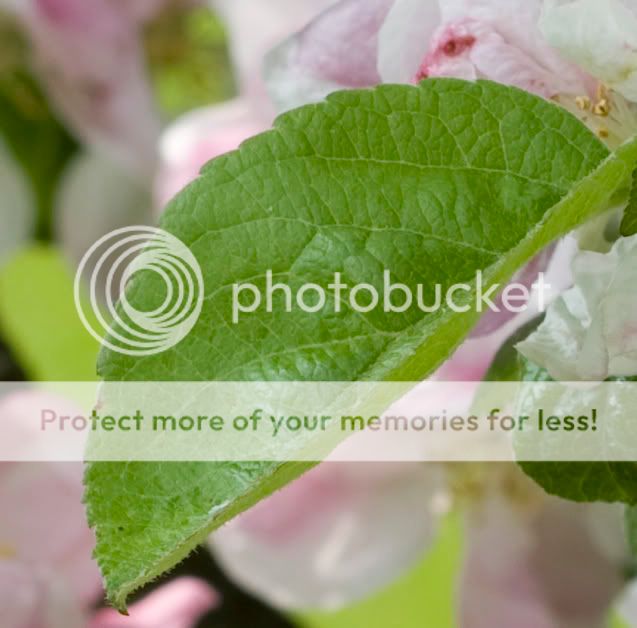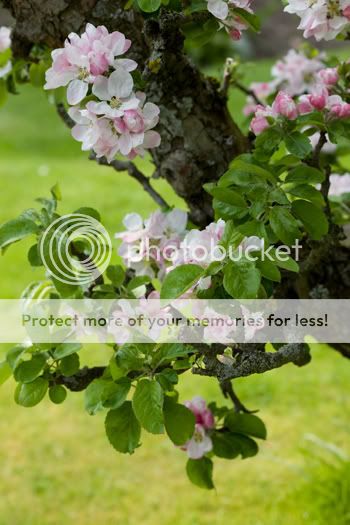Christina Bollen
New member
Just had a few days with my new camera after a year of using a 5D. Now my post capture workflow has changed dramatically - apart from a few exposure and white balance tweaks in ACR there is usually very little for me to do in photoshop, and at last - no more interpolation of files to get them to the right size. I feel very streamlined and efficient now 
Here is a 100% crop of an image straight from RAW, no tweaking/sharpening apart from the crop and changing it to a jpeg in PS.

And here is the parent picture, again as shot.

The image details: 1DsMkII, EF 100mm f/2.8 Macro @f/8, 1/80s, iso 100. Tripod and cable release.
Here is a 100% crop of an image straight from RAW, no tweaking/sharpening apart from the crop and changing it to a jpeg in PS.

And here is the parent picture, again as shot.

The image details: 1DsMkII, EF 100mm f/2.8 Macro @f/8, 1/80s, iso 100. Tripod and cable release.

